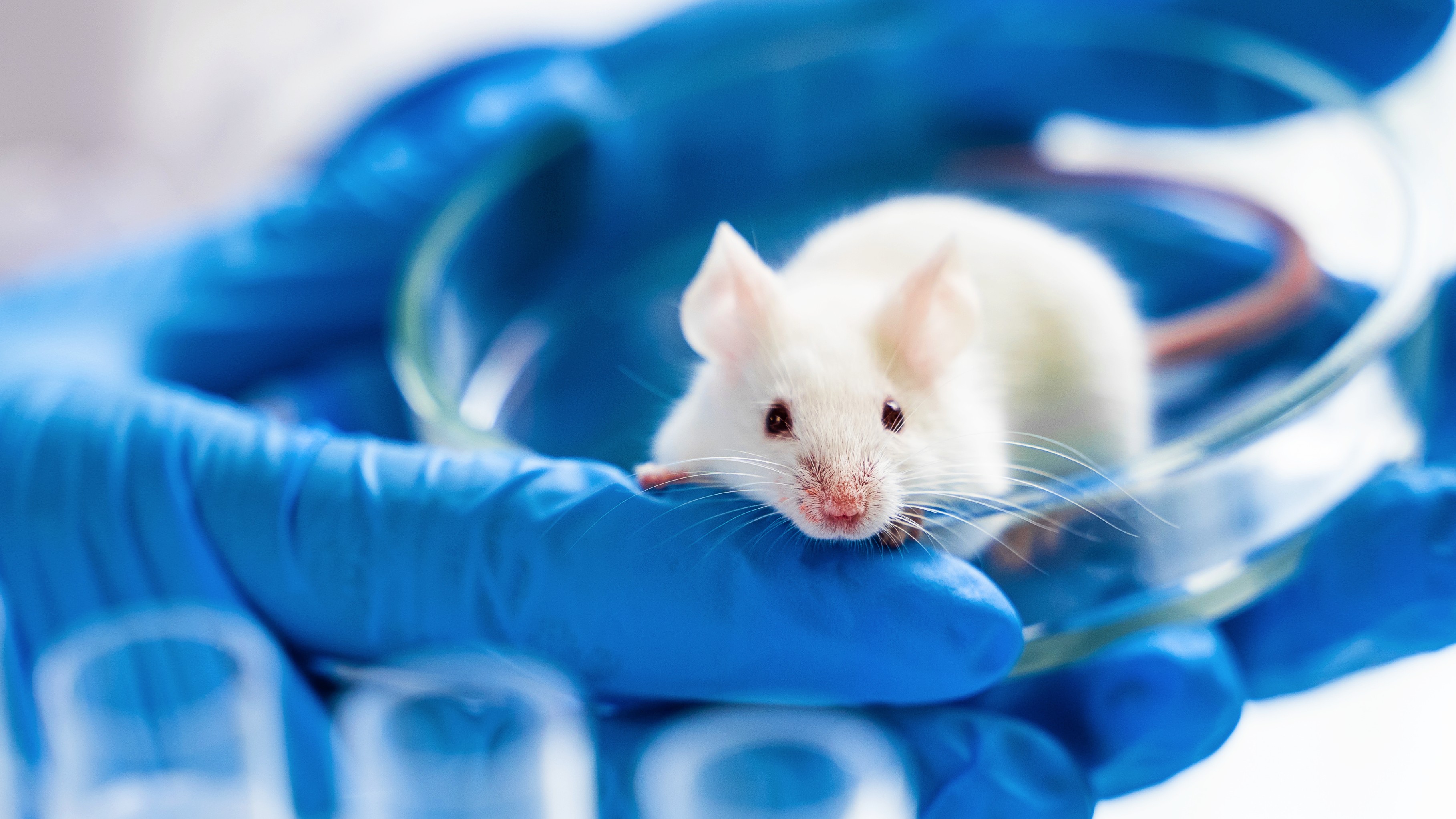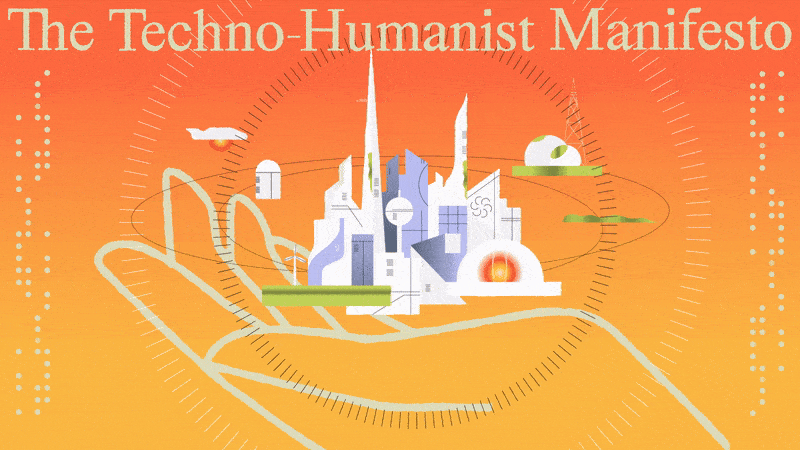Government Scientists Aren’t Even Allowed to Study Gun Violence – The Reason Is Disturbing

On the Wednesday of the shooting in San Bernardino, California, only a few hours before the event took place, doctors went to Capitol Hill asking Congress to end the ban on gun violence research. They presented a petition signed by over 2,000 doctors nationwide, protesting a 1996 ban that prevents the Center For Disease Control from studying gun violence.
The ban was made after a CDC-funded study revealed that having a gun in the home increases the likelihood of homicide and suicide. The NRA convinced Congress that the CDC was using its power to advocate gun control, and Congress quickly cut funding for gun-related research. It wasn’t exactly a ban on all research, per se, but the amendment was worded in such a confusing and vague way that no one knew for certain what was permitted. This created a climate of fear and intimidation with CDC researchers, where “no federal employee was willing to risk his or her career or the agency’s funding to find out” if they could study gun violence. But why would the CDC want to study gun violence, anyway?
Freakanomics author Stephen J. Dubner explains why this is such a problem:
The “disease” in Center for Disease Control is a slight misnomer. The CDC exists, as per its website, “to protect America from health, safety and security threats … whether human error or deliberate attack,” and “conducts critical science” as a response to health threats. That can be everything from Ebola to car safety, anything that could be potentially lethal to Americans that isn’t naturally occurring. CDC research has helped states with seatbelt laws and has done intensive research on tobacco. Former Speaker of the House John Boehner evidently does not know what this organization does (or he was just being facetious). He has said, “The CDC is there to look at diseases … a gun is not a disease. Guns don’t kill people, people do.” Cars are also not disease, nor are cigarettes, and both are equally unlikely to kill people on their own. Yet the CDC is permitted to study their inherent health and safety risks.
Emotions are intense on this topic, as well they should be. We’re talking about an issue that involves about 300,000 deaths in the past decade, and how we reconcile that with certain rights. There’s not an easy answer; it’s not black and white. Still, how is it that tensions are so high we can’t allow research to be done by a non-partisan organization that is, by all accounts, purely concerned about public safety?
What struck me as most profoundly disturbing about the ban wasn’t that it happened — if elected officials who are chosen by the people make a decision they feel is in the best interest of the people, we have to live with that even if we disagree. But the chilling truth is that a lobbyist organization could have this type of influence over Congress. They aren’t elected by the American public, and yet they have control over our government. Their power resulted in a ban that prevents us from educating ourselves about ourselves, our country, and any risks that guns might present. The hashtag #endtheban is trending, but is it possible that our congressmen and congresswomen could be more intimidated by their constituents than whichever lobbyist has the most muscle? It’s an issue about guns, yes, but it also brings to light an equally big issue about who is really making laws on Capitol Hill.
—
PHOTO CREDIT: BLOOMBERG/Bloomberg





